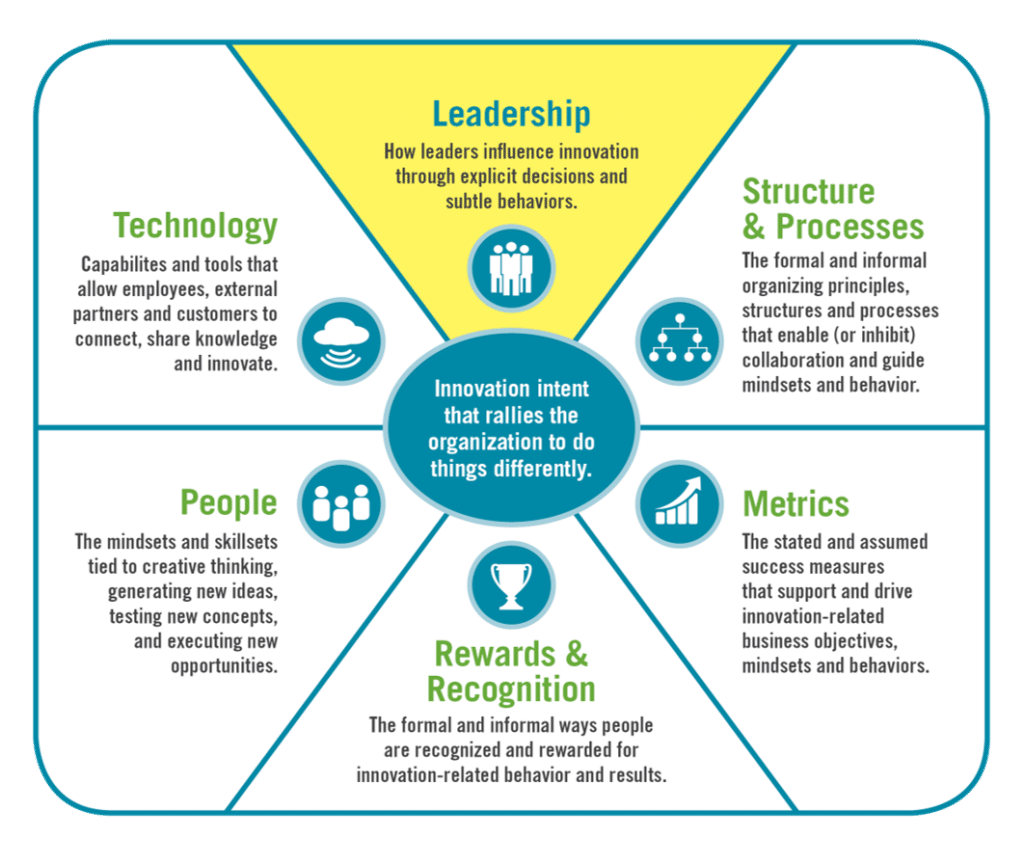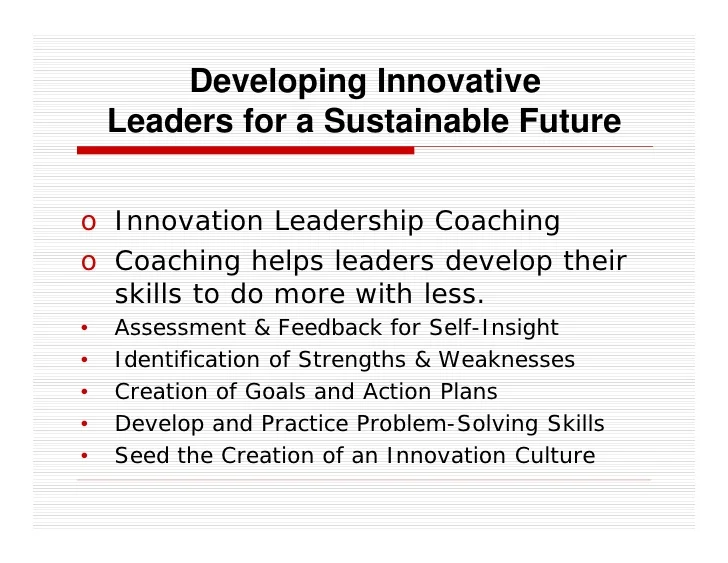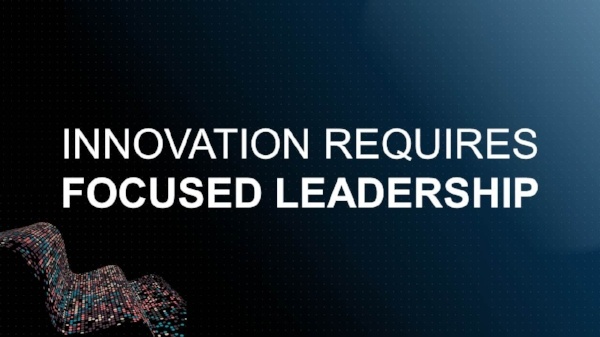In today’s rapidly evolving landscape, effective leadership goes beyond traditional notions. It’s about nurturing an environment where innovation thrives. But what exactly does it take to build a culture of innovation within a team or organization? Let’s delve into the key practices that successful leaders employ to foster innovation.
Table of contents
Leadership and Innovation

Leadership isn’t merely about steering a team; it’s about inspiring innovation. It involves cultivating an atmosphere where new ideas flourish. Understanding the significance of blending leadership and innovation is crucial in modern business settings.
Characteristics of Innovative Leaders
Innovative leaders possess distinct qualities. They envision the future, embracing risks and encouraging experimentation. Their forward-thinking mentality paves the way for groundbreaking ideas and initiatives.
Communication and Collaboration in Innovation
Characteristics | Description |
| Visionary | Possesses a clear vision of the future and is adept at communicating this vision to inspire and motivate others. |
| Risk-taker | Embraces calculated risks, understands the potential gains, and encourages others to step out of their comfort zones to explore new possibilities. |
| Encourages Experimentation | Fosters a culture that supports trying new ideas, approaches, and methodologies, understanding that failure is often a stepping stone toward innovation. |
| Forward-thinking | Anticipates trends, technological advancements, and market shifts, allowing for proactive adaptation and development of strategies to stay ahead of the curve. |
| Collaborative | Values collaboration and diverse perspectives, fostering an environment where team members feel empowered to contribute ideas and work together toward innovation. |
| Adaptable | Flexible in adapting to changing circumstances, adjusting strategies, and incorporating new information or feedback to drive innovation effectively. |
| Empowers Others | Recognizes and cultivates the potential in individuals, empowering them to take ownership of their ideas and initiatives, fostering a sense of autonomy and creativity. |
Innovation thrives on effective communication and collaboration. Leaders cultivating open dialogue and valuing diverse perspectives create a fertile ground for fresh ideas. Encouraging team collaboration ignites creativity, sparking the fusion of varied insights and expertise. By fostering an environment where ideas flow freely and teams collaborate seamlessly, innovation flourishes, unveiling novel solutions to complex challenges.
Empowering and Supporting Innovation

Empowering innovation involves offering resources and autonomy. Acknowledging and incentivizing innovative endeavors fosters a steady stream of new ideas. By providing the necessary tools and freedom to explore, individuals are inspired to push boundaries, leading to groundbreaking solutions. Recognizing and rewarding innovation cultivates an environment where creativity thrives, perpetuating a culture of ongoing ingenuity.
Strategies for Implementing Innovation-Focused Leadership

Setting clear objectives while encouraging creativity is paramount. Creating an environment that nourishes out-of-the-box thinking lays the groundwork for innovation to flourish.
Foster a Visionary Culture:
- Communicate Purpose: Articulate a clear vision that aligns with innovation goals.
- Inspire Confidence: Encourage teams to believe in the vision and their role in achieving it.
Empowerment and Trust:
- Delegate Responsibility: Empower employees to take ownership of their ideas and projects.
- Promote Risk-Taking: Create an atmosphere where calculated risks are welcomed.
Encourage Diverse Perspectives:

- Cultivate Diversity: Foster an inclusive environment that values diverse backgrounds, experiences, and ideas.
- Cross-Functional Collaboration: Encourage collaboration between departments or teams to blend perspectives.
Resource Allocation:
- Allocate Time for Innovation: Dedicate specific time or resources for brainstorming and idea generation.
- Financial Support: Provide necessary funds for experimentation and prototype development.
Measuring and Evaluating Innovative Practices

Metrics and feedback loops are crucial in gauging the effectiveness of innovative practices. Continuous evaluation and improvement are integral in sustaining an innovative culture. Resistance to change and conflicting priorities pose challenges. Overcoming these obstacles requires strategic planning and effective leadership.
Conclusion
In conclusion, fostering a culture of innovation demands visionary leadership. Embracing change, encouraging collaboration, and empowering teams are pivotal. Successful leaders navigate challenges while fostering an environment that thrives on innovation.
Readmore:
Most Important Factors for Startup Success
Sustainable Entrepreneurship: Balancing Profit and Purpose
Leadership Style That Guarantees Success
FAQs
Innovation drives growth and keeps organizations competitive. Leaders fostering innovation adapt to changing landscapes.
By promoting open communication, supporting risk-taking, and empowering their teams.
Adaptability allows leaders to pivot strategies and learn from failures, crucial for fostering innovation.
Resistance to change and conflicting priorities can impede the growth of an innovative environment.

